Top speed 185 km/h Length 7.5 m Manufacturer Heinkel | Wingspan 9 m First flight 1933 Designer Ernst Heinkel | |
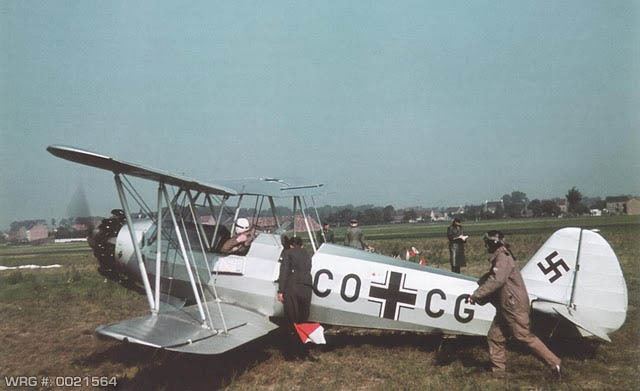 | ||
Heinkel he 72 kadett electric powered giant rc model 2013
The Heinkel He 72 Kadett ("Cadet") was a German single-engine biplane trainer of the 1930s.
Contents
- Heinkel he 72 kadett electric powered giant rc model 2013
- Heinkel he 72 kadett emergency landing of giant scale rc model 2014
- Development
- Operational history
- Variants
- Operators
- Specifications He 72B 1
- References
Heinkel he 72 kadett emergency landing of giant scale rc model 2014
Development

The Kadett was designed in 1933 to meet an official requirement for a basic trainer. It was a single-bay biplane of fabric-covered, metal construction with open cockpits, a staggered wing, a strut-braced tail unit, and fixed tailskid undercarriage. The prototype was powered by a 104 kW (139 hp) Argus As 8B air-cooled inline engine.
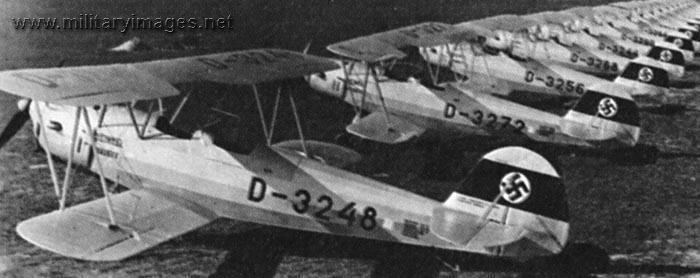
The first production model, the He 72A retained the As 8B engine in early batches, but later production aircraft had a 112 kW (150 hp) As 8R. The He 72A was superseded by the He 72B, which was the major production version. This was powered by a 120 kW (160 bhp) Siemens-Halske Sh 14A radial.
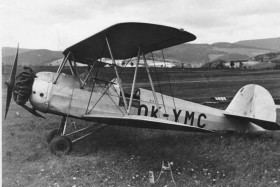
The He 72B was produced as the He 72B-1 landplane and He 72BW Seekadett ("Sea Cadet") twin-float seaplane. The civil development was the He 72B-3 Edelkadett ("Noble Cadet").
Operational history
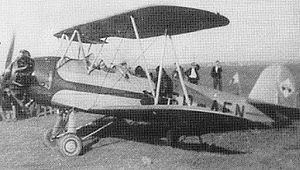
The Kadett entered service with National Socialist Flyers Corps before the formation of the Luftwaffe. Later, it became a standard basic trainer with the Luftwaffe. Slovak forces used it in the attack role.
Variants
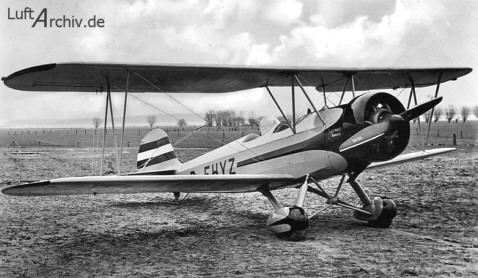
Operators
Specifications (He 72B-1)
Data from "The Complete Encyclopedia of World Aircraft"
General characteristics
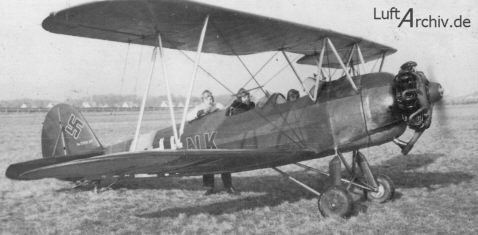
Performance
